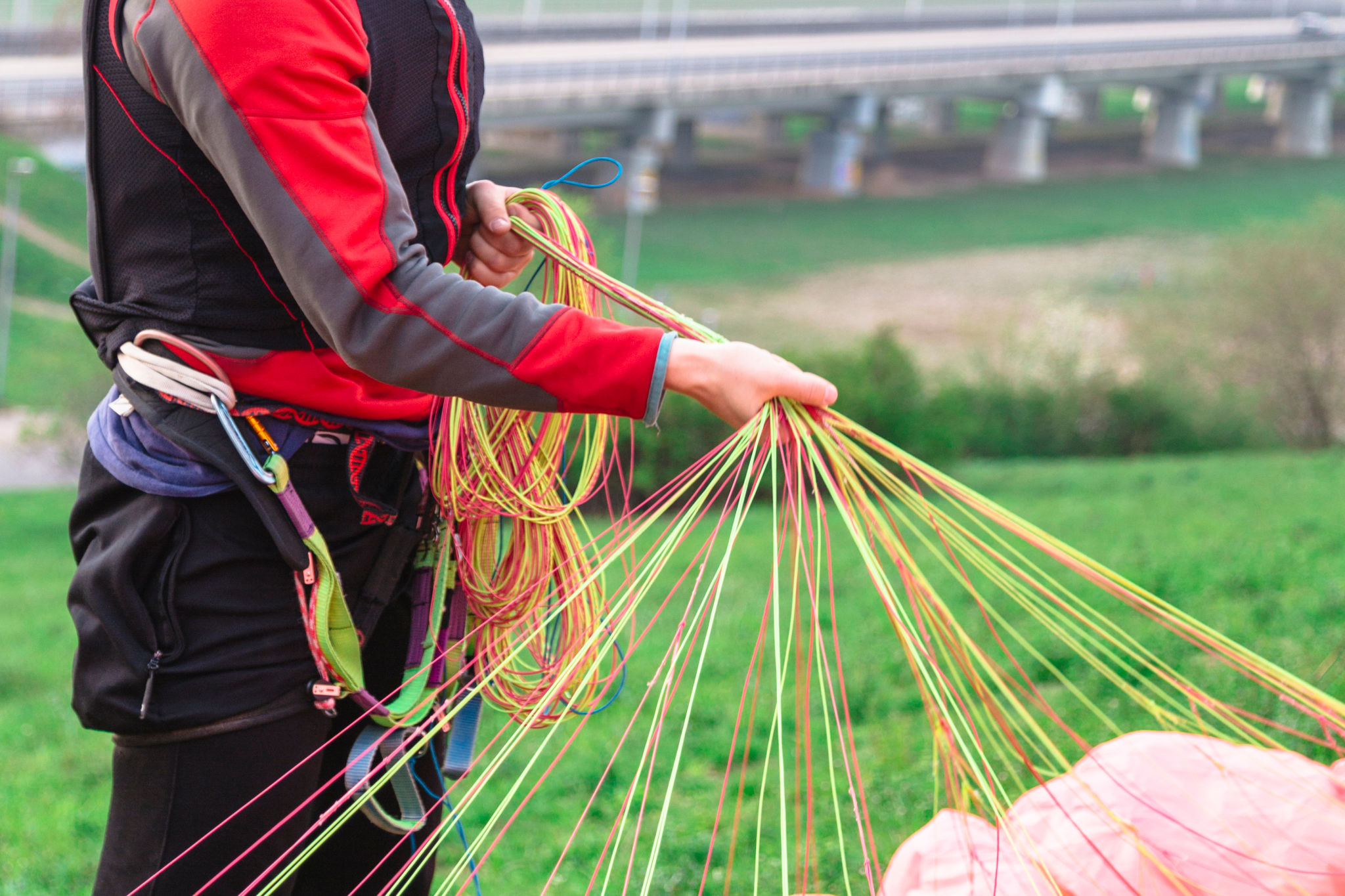Expert Insights: Safety Measures for Paragliding
Introduction to Paragliding Safety
Paragliding offers an exhilarating way to experience the freedom of flight, but it also comes with inherent risks. Understanding and adhering to safety measures is crucial for both beginners and experienced pilots. This guide outlines essential safety insights from experts to ensure a safe and enjoyable paragliding experience.

Pre-Flight Preparations
Before taking off, thorough preparation is vital. Always check your equipment, including the wing, harness, and helmet. Ensure that all gear is in good condition and free from damage. Additionally, familiarize yourself with the weather conditions as they can drastically impact flight safety.
Consult local weather forecasts and use specialized apps to track wind speed, direction, and potential storm activity. Waiting for optimal weather conditions can make the difference between a smooth flight and a dangerous situation.
Training and Certification
Proper training is the foundation of safe paragliding. Enroll in certified courses where experienced instructors can guide you through the basics and advanced techniques. Obtaining a certification not only enhances your skills but also boosts your confidence in handling various flight scenarios.
Many countries have specific regulations regarding paragliding. Ensure you are aware of and comply with local laws and requirements. Certification often involves understanding airspace regulations and emergency protocols.

In-Flight Safety Tips
Once airborne, maintaining safety is all about awareness and control. Keep a safe distance from other paragliders and objects, and always have a clear landing strategy. Be vigilant about changes in weather and be prepared to adjust your flight path accordingly.
Communication devices can be invaluable during flight. Equip yourself with a radio to stay in contact with other pilots or ground support. This becomes crucial in case of an emergency or unexpected weather changes.
Emergency Procedures
Even with the best preparations, emergencies can occur. Knowing how to react can prevent accidents. Familiarize yourself with your reserve parachute and practice deploying it in a controlled environment. Understand common flight malfunctions and practice the appropriate responses regularly.

Joining a local paragliding club can provide additional support and insights into handling emergencies. Experienced pilots often share tips and recount personal experiences that can be invaluable for newcomers.
Post-Flight Considerations
After landing, inspect your equipment for any signs of wear or damage. Regular maintenance is essential to ensure longevity and functionality. Reflection on your flight can also offer insights into areas for improvement and reinforce safety practices.
Engage with the paragliding community to share experiences and learn from others. This camaraderie not only enriches your understanding but also fosters a culture of safety and mutual support.
